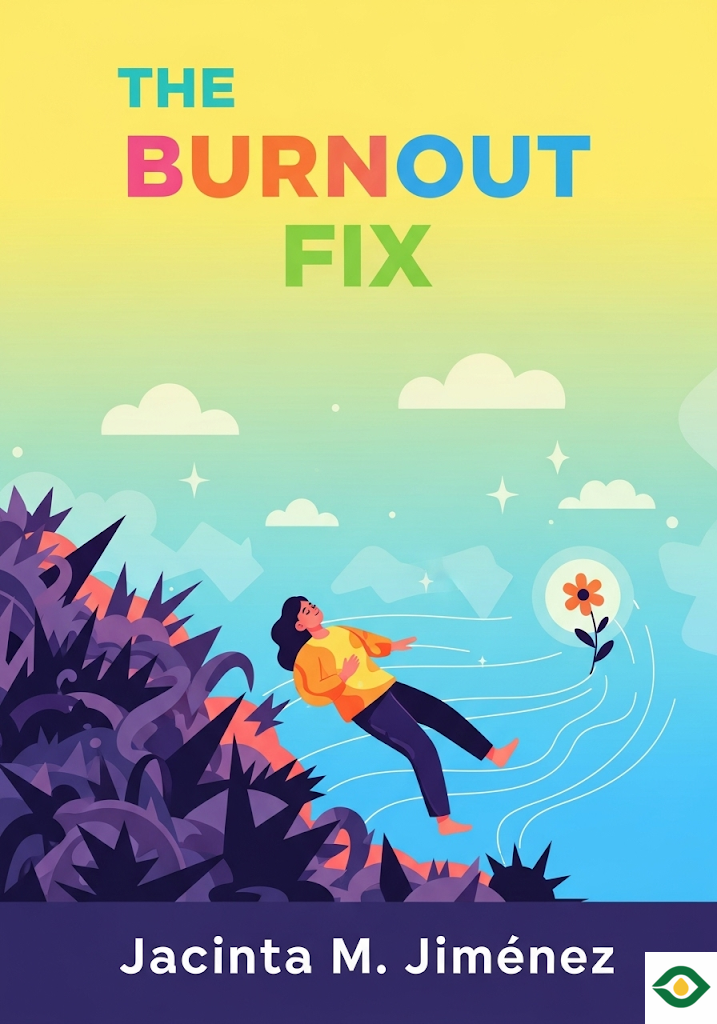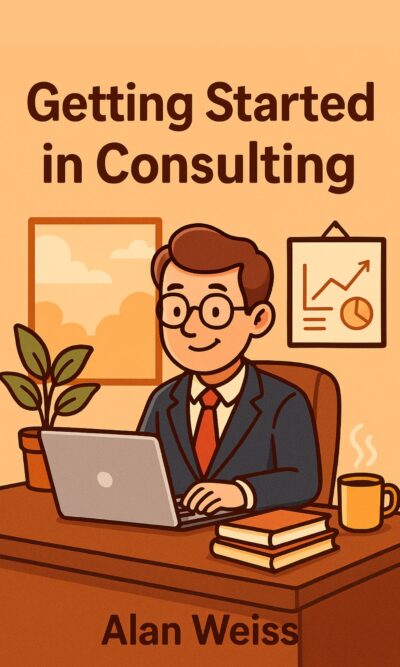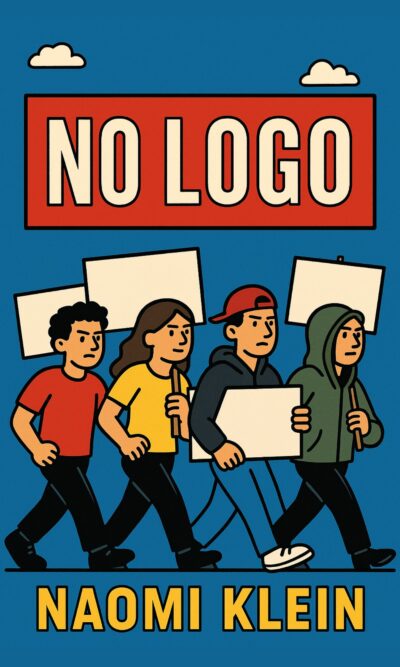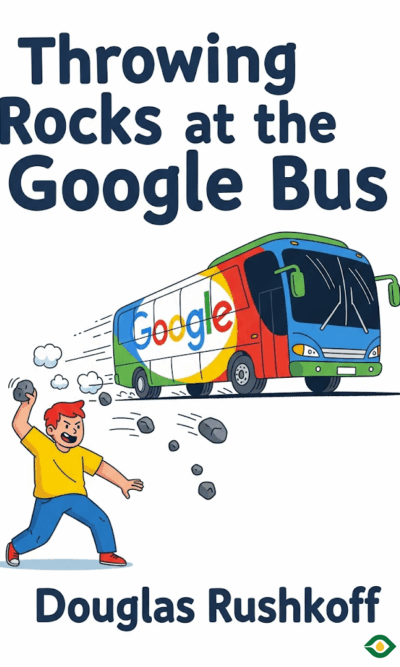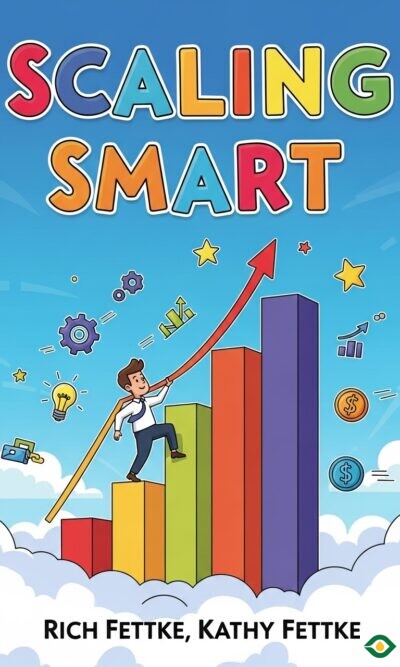Description
Modern work has changed a lot in recent decades. Technology, global business, and constant restructuring have made workplaces more stressful and uncertain. While some people thrive, many others fall into a dangerous cycle of exhaustion known as burnout. Burnout is more than just being tired. It is a deep sense of emotional, physical, and mental depletion that makes even simple tasks feel heavy.
Dr. Jacinta Jiménez, a psychologist and leadership coach, has spent years helping people deal with the pressures of demanding jobs. From her own life and the stories of those she worked with, she learned that burnout is not solved by simply working harder or being tougher. Real resilience requires a different approach—one that balances effort with rest, meaning, and human connection.
The book teaches us that grit alone is not enough. Many of us grow up believing that success comes from pushing harder, working longer, and ignoring our limits. But endless hustle only leads to collapse. Burnout has become a worldwide issue, and it damages not only individuals but also organizations and society as a whole. Recognizing this reality is the first step toward finding healthier ways to work.
Success, the author explains, is rarely instant. When we look at famous figures like Beyoncé, J.K. Rowling, or Walt Disney, it may appear that their talent alone created quick success. In truth, their achievements came after years of slow growth, failure, and persistence. This shows that sustainable success is built step by step. Trying to leap too far, too quickly, often backfires. Small, thoughtful progress allows people to grow stronger without breaking down.
Another important idea in the book is mindfulness. Stress often fills our minds with negative thoughts and assumptions. We replay conversations, worry about the future, or imagine worst-case scenarios. This mental noise drains energy and clouds judgment. Practicing mindfulness helps us pause, notice our thoughts, and respond with clarity instead of panic. Instead of believing every anxious thought, we learn to question it, look for evidence, and show compassion to ourselves. This practice reduces stress and lowers the risk of burnout.
To protect our energy, we also need silence and solitude. Many successful people set aside time to disconnect from the noise of daily life. While not everyone can afford retreats or gardens, everyone can create small moments of calm. Turning off devices for part of the day, spending a short time in nature, or sitting quietly with our own thoughts can restore balance. Solitude should not be seen as loneliness but as an opportunity to recharge.
Another core lesson is that strength comes from connection. Too often, people think asking for help is a weakness. In reality, reaching out is an act of courage. Humans are social beings who thrive on support and community. When we share our struggles, we not only receive help but also create stronger bonds with those around us. At work, this sense of belonging improves morale, creativity, and productivity. Leaders who model vulnerability inspire healthier, more supportive teams.
Beyond rest and connection, the book emphasizes the power of having a personal mission. Life can feel like being carried by a fast river, rushing in all directions. Without a clear sense of purpose, we are easily overwhelmed by competing demands. A mission statement acts like a compass, reminding us of what truly matters. To create one, you need to reflect on your values, your skills, and the impact you want to make. This statement becomes a guide, helping you make decisions that align with your deeper purpose.
The book also shows that energy, not just time, must be managed carefully. Every activity either gives energy or takes it away. Some people, situations, or environments leave us feeling drained, while others renew us. Keeping a diary of energy levels can reveal patterns. For example, a noisy office may deplete you, while a short walk outdoors refreshes you. By paying attention, you can design your day to balance draining tasks with restorative activities.
Emotions also play a role in energy. Feelings are signals that tell us when something is right or wrong for us. Instead of ignoring emotions, we should learn to read them. Expanding our emotional vocabulary—knowing if we feel frustrated, anxious, or disappointed—helps us find more accurate solutions. Being honest about emotions also strengthens resilience, because it keeps us in touch with what truly matters.
Finally, leadership plays a major role in solving burnout. It is not enough for workers to practice self-care while companies remain toxic. Leaders must create fair, supportive environments where people feel valued and safe. This means giving employees autonomy, clear expectations, and opportunities to grow. It also means eliminating bias, discrimination, and unfair treatment. Workplaces that prioritize equity and psychological safety allow people to be creative, take risks, and contribute their best ideas. In the long run, healthier workplaces are also more successful.
In conclusion, The Burnout Fix teaches that burnout is not inevitable. By shifting how we approach work, we can thrive even in demanding environments. The key is not endless toughness but resilience rooted in balance, purpose, and connection. Resilience means caring for our energy, showing vulnerability, and supporting one another. It also means aligning work with our values and building communities where fairness and trust are central. Both individuals and leaders share responsibility in this process.
One simple exercise from the book is to make a “to-don’t” list. Instead of only listing tasks you must complete, also write down the habits and distractions you want to avoid. This might include unnecessary social media scrolling, overworking late into the night, or conversations that always leave you stressed. A “to-don’t” list protects your time and energy for what truly matters.
In the end, the message is clear: burnout can be prevented. With awareness, intention, and supportive communities, work can be a source of growth and meaning rather than exhaustion.

